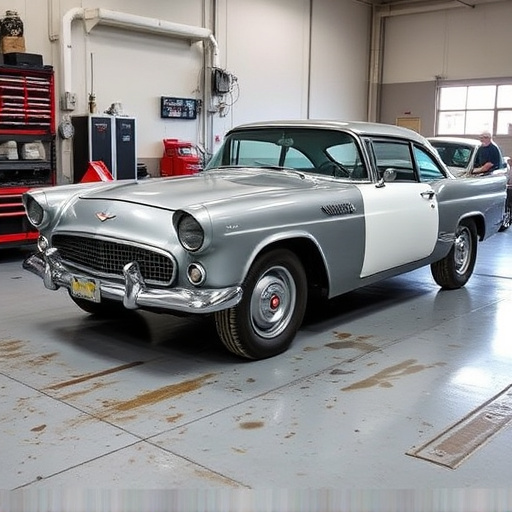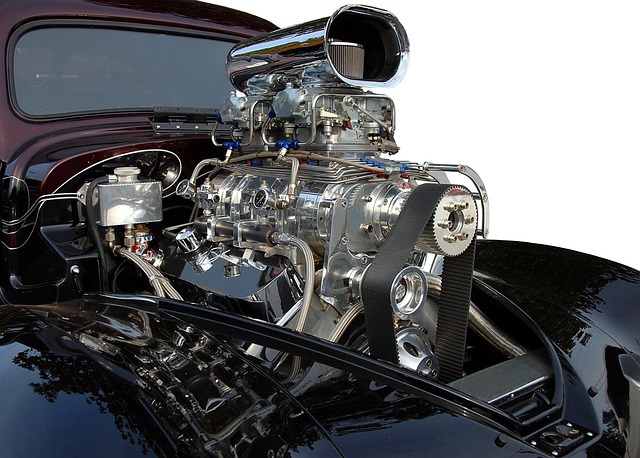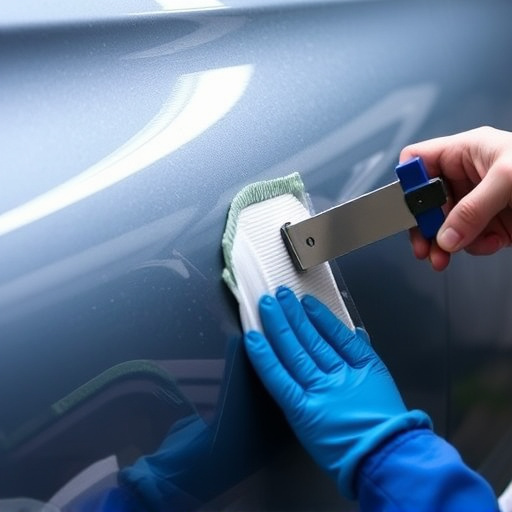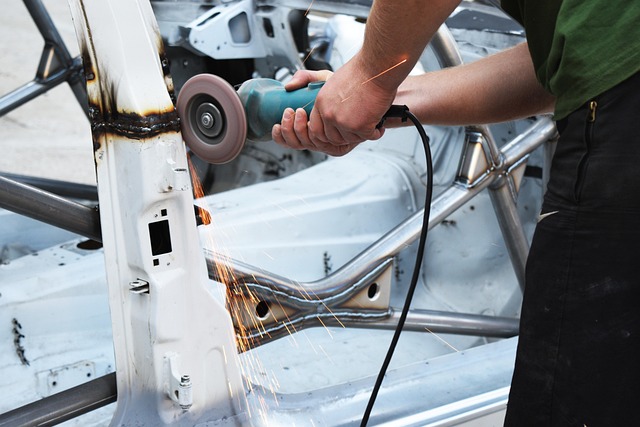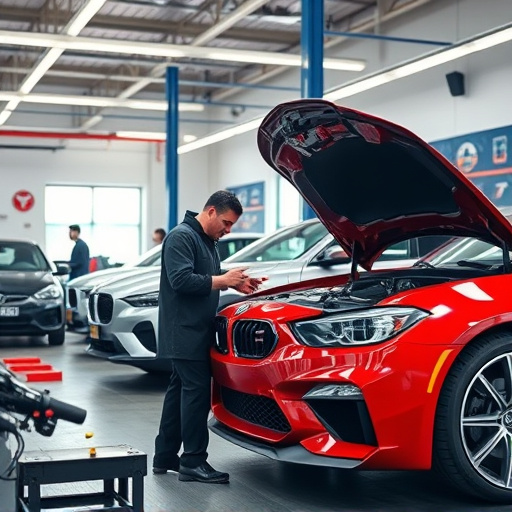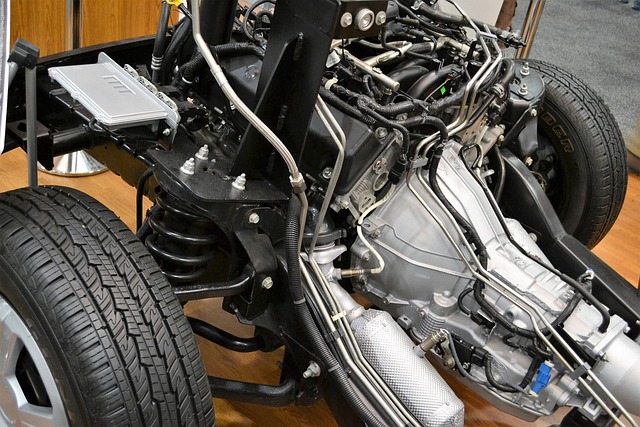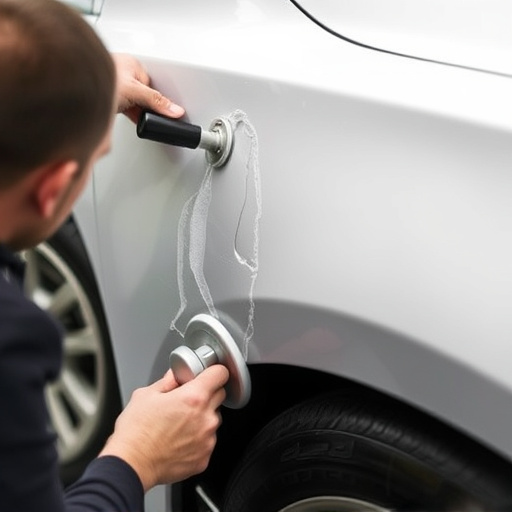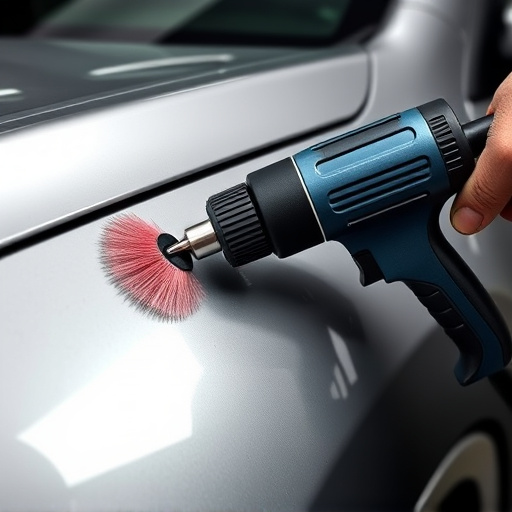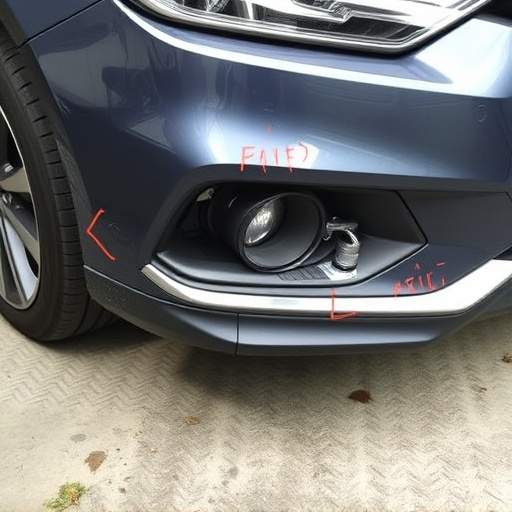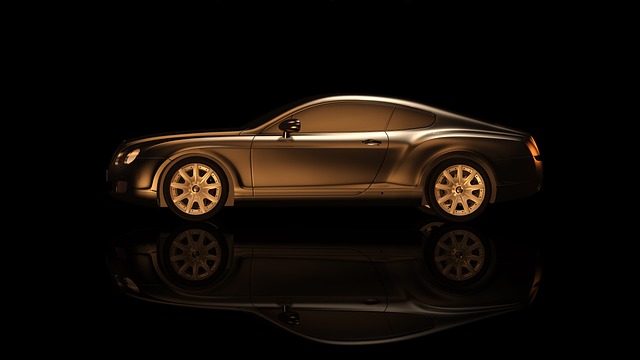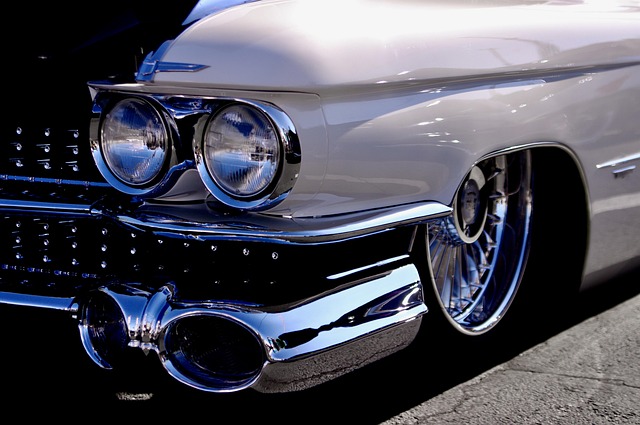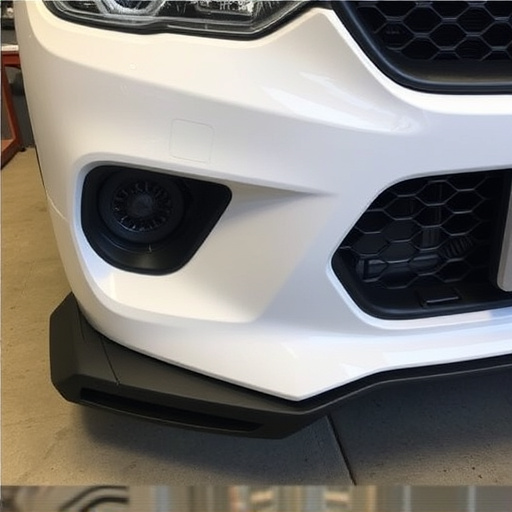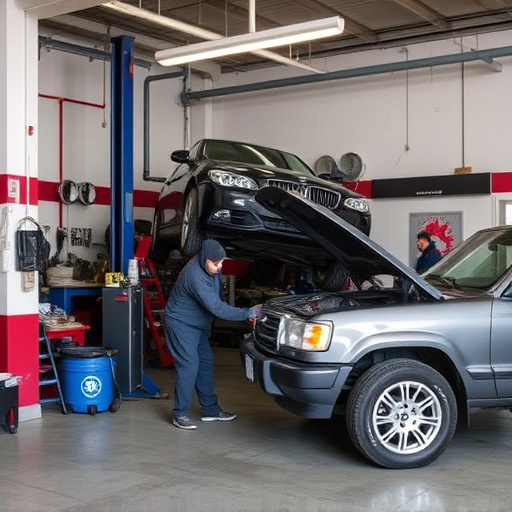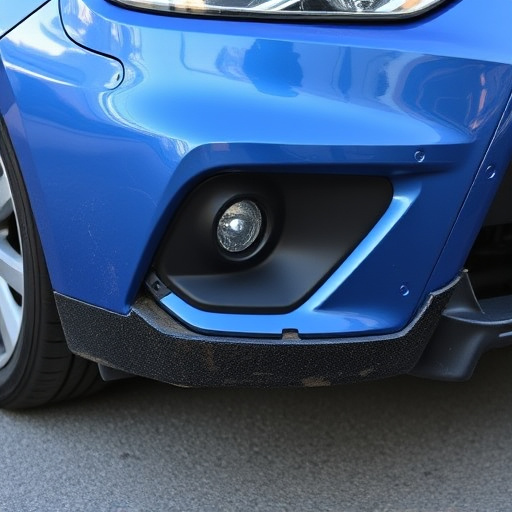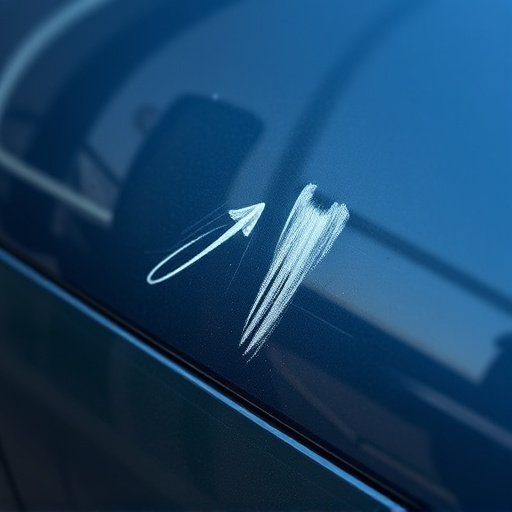Lightning strike auto repair involves meticulous assessments of structural damage, from chassis to underbody components, using specialized tools. Safety protocols, including GFCI checks and staff training, are paramount before repairs begin. Skilled technicians in auto collision centers disassemble, inspect, and restore critical parts like glass, panels, frames, and electronics, aiming to return vehicles to pre-strike condition with enhanced safety and structural integrity.
“In the realm of automotive restoration, lightning strike auto repair presents unique challenges. When a vehicle endures a direct hit, structural inspection becomes paramount. This article delves into the critical steps of assessing damage from such incidents, emphasizing safety protocols that must be followed.
We explore innovative techniques for repairing vehicles affected by lightning strikes, ensuring not only their functionality but also the preservation of their structural integrity. From initial evaluation to final restoration, these strategies are vital for professionals in the field.”
- Assessing Structural Damage from Lightning Strikes
- Safety Protocols for Auto Repair After Lightning
- Restoring Vehicles: Post-Lightning Strike Techniques
Assessing Structural Damage from Lightning Strikes

After a lightning strike, assessing structural damage is a crucial step in any auto repair process. The initial impact can cause extensive internal and external harm that may not be immediately apparent. Technicians must carefully inspect every component, from the chassis to individual panels like fenders, doors, and bumpers. Specialized tools and expertise are often required to detect hidden cracks or deformations that could compromise the vehicle’s structural integrity.
In the context of lightning strike auto repair, meticulous attention is paid to detail during this evaluation phase. This includes assessing the condition of tires, wheels, and underbody components, as these areas can be severely affected by the intense energy released during a strike. Proper restoration techniques, including bumper repair and automotive restoration for heavily damaged parts, are then implemented to return the vehicle to its pre-incident state while ensuring safety and reliability on the road.
Safety Protocols for Auto Repair After Lightning

After a lightning strike, the initial focus is on ensuring the safety of everyone involved. Before initiating any auto repair, especially in a vehicle body shop or auto collision center, it’s crucial to follow specific protocols designed to mitigate risks. This includes clearing the area of all personnel and ensuring no live electrical components are touched until professional inspectors certify the vehicle as safe.
Safety equipment, such as ground-fault circuit interrupters (GFCIs), should be checked and tested to prevent any potential hazards. In addition, workers in auto body repair facilities must be trained to handle post-lightning strike vehicle inspections, focusing on structural integrity and any potential hidden damage. These measures are essential to ensure the safety of both staff and customers during lightning strike auto repair.
Restoring Vehicles: Post-Lightning Strike Techniques

After a lightning strike, vehicles often sustain significant damage, requiring specialized techniques for restoration. The initial step involves assessing the extent of the harm, which can vary from superficial cosmetic issues to severe structural integrity concerns. Skilled technicians in a top-notch auto collision center employ advanced tools and expertise to safely disassemble and inspect affected parts.
The process of vehicle restoration post-lightning strike is meticulous. Auto glass repair is a critical component, ensuring driver safety and restoring visibility. Other specialized services may include panel replacement, frame straightening, and electronic system recalibration. The ultimate goal is not just to return the vehicle to its pre-strike condition but also to guarantee its structural integrity and safety for future use, showcasing the expertise of an auto collision center in handling unique lightning strike auto repair cases effectively.
In conclusion, structural inspection and proper repair techniques are paramount in addressing damage caused by lightning strikes on vehicles. By understanding the potential structural implications and adhering to safety protocols, auto repair professionals can ensure effective and safe restoration of vehicles affected by lightning. Integrating specialized knowledge and advanced techniques, as discussed in this article, is essential for successful lightning strike auto repair.
